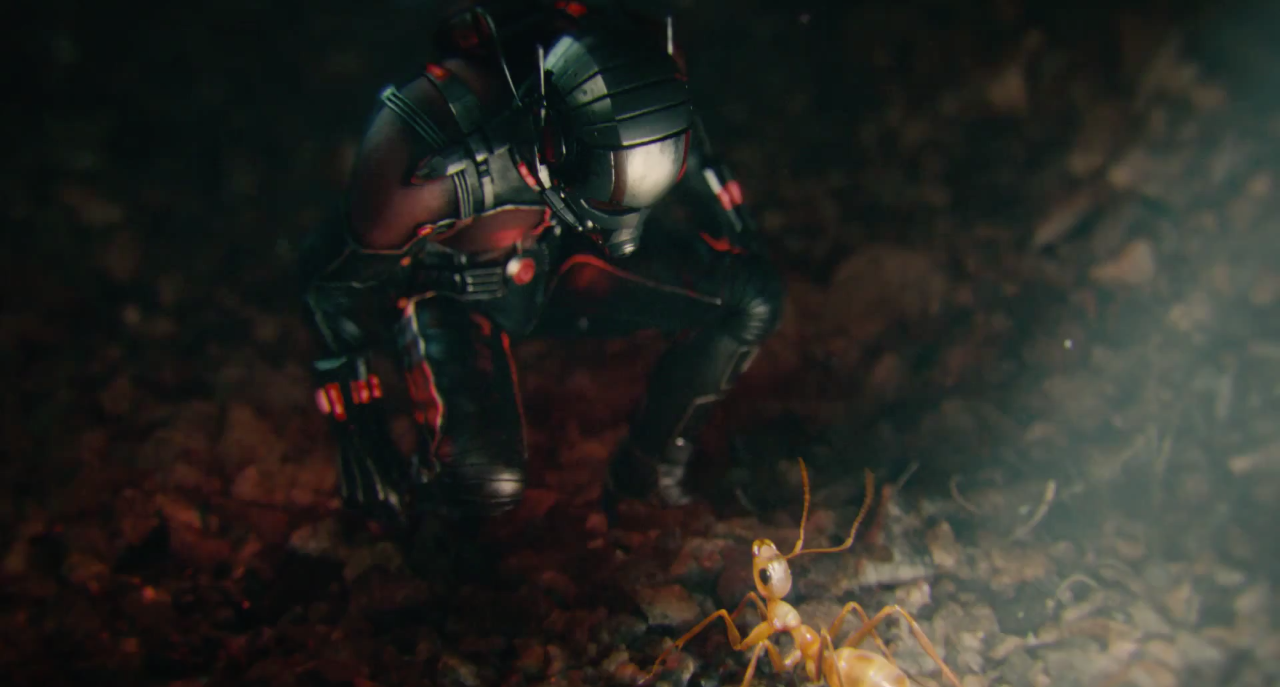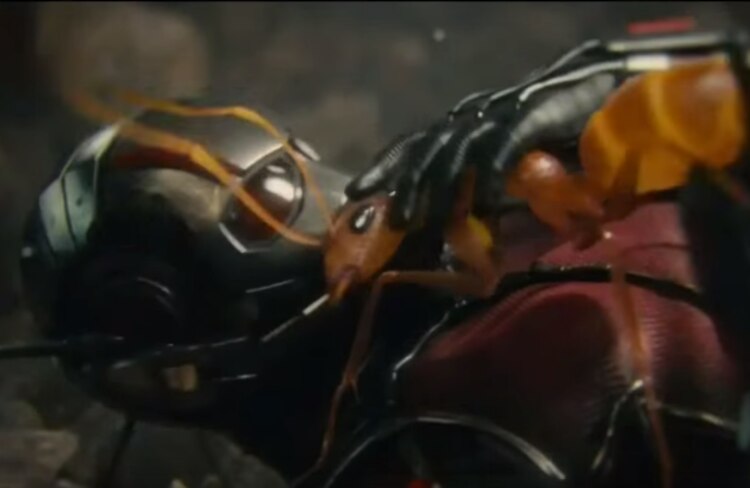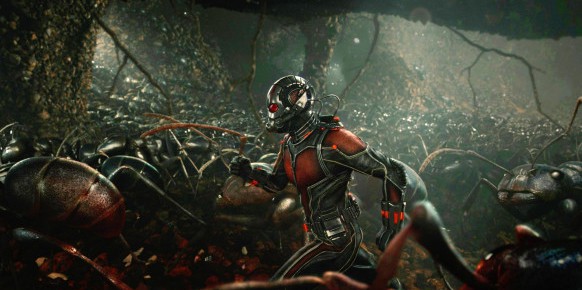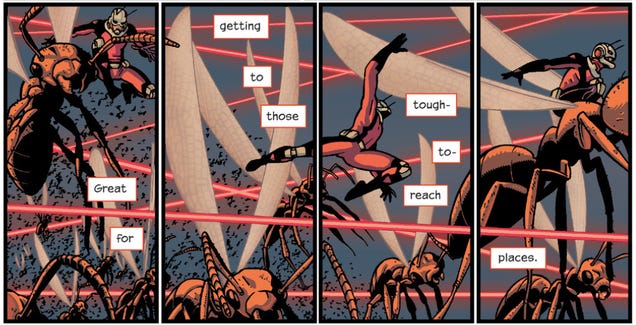I haven't written a blog post for a million years, once again. This always happens because work gets so busy! I'm in Surrey now (new school term, new county seems to be a developing habit of mine... although I intend to stop that from now onwards), working at the Field Studies Council. 7 years on from a school trip to Juniper Hall, and I'm here teaching the students I once was!


I am entirely behind on all the topics I wanted to cover over the past month and a half, so I am going to start from the most recent set of pictures I have and work back (or up, or down, or sort-of around) that in the next few posts.
Or I might completely ignore that and take another hiatus, followed by another random post. Who even knows.

Geography stuff, so you don't have to spend the post googling places

Image from birdlife.at
*Which I promptly ended up calling honey badgers for the entire holiday.

Don't look it in the eyes
8000 honey buzzards sounded pretty great, so we plugged Tarifa into the SatNav and off we went!
I had actually seen a honey buzzard on the holiday already, near El Caminito del Rey (an awesome place to visit, although difficult to get booked onto with all the publicity when it opened). However, one honey buzzard cannot compare with 8000, so it was pretty exciting to be heading down the coast. We'd seen a lot of other raptors in the week we'd been in Andalucia already; the province is loaded with griffon vultures, and eagles weren't an uncommon sight in the mountainous regions around Grazalema. We spotted a golden eagle from one of the mountains (deemed "standard", by the eager-to-see-8000-honey-badgers boyfriend), and a few booted eagles, handsome birds with dark fingered wings, and pale bodies and inner feathers.
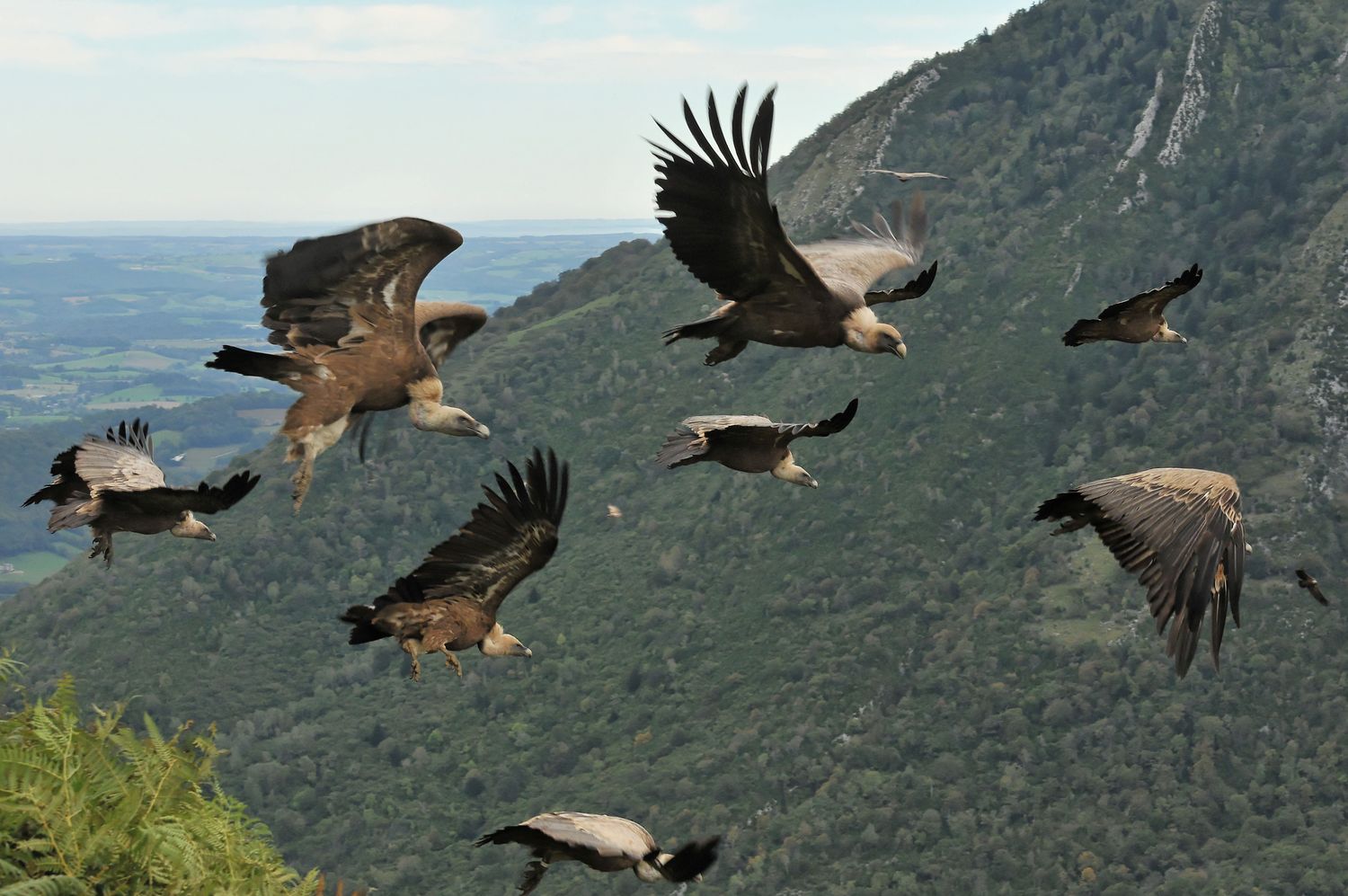
It was about an hour's drive from where we were staying to Tarifa, which is a really great spot for kite surfing. Apparently, difficult to find the prime birding spots though, as a lot of the countryside immediately outside of Tarifa is barred to cars due to being MOD land, or just plain inaccessable. Driving along the main motorway, we came across a viewpoint with a pretty good view of the straits though, Africa in the distance.
It was obviously not the spot people used for birdwatching though, with the quick turnover of tourists taking selfies with the view, and a distinct lack of binoculars and telescopes. With all my excitement to get going and catch the morning migration, I hadn't actually looked up the spot everyone went to, just flicking through a couple of pictures and hoping that it would be obvious once we got there. We turned back towards Tarifa and started to look for a different route possibly into the countryside outside of Tarifa through the town itself, rather than getting stuck on the motorway all the way to Algeciras.
Before we hit Tarifa though, ding ding ding! Spotting a coach on one side of the road, we made a quick U-turn up to a random building literally in the middle of nowhere (hello, chewed-up dirt track), and saw the expected hoard of telescopes and twitchers to go with them. The spot! It was definitely the right place...
Before we hit Tarifa though, ding ding ding! Spotting a coach on one side of the road, we made a quick U-turn up to a random building literally in the middle of nowhere (hello, chewed-up dirt track), and saw the expected hoard of telescopes and twitchers to go with them. The spot! It was definitely the right place...
Unfortunately it was a really windy day, so we didn't have that much luck spotting anything. The few raptors we did see whizzed past after only a few seconds, some of the smaller ones buffeted literally sideways by the strong winds. There were some nice booted eagles and a couple of cattle egrets, but definitely nowhere near as many birds as we had hoped.
No matter, even though the conditions weren't great, it was good to know that we had gotten to Tarifa. If I'm ever in the area again, we know where to head to see the migration!




